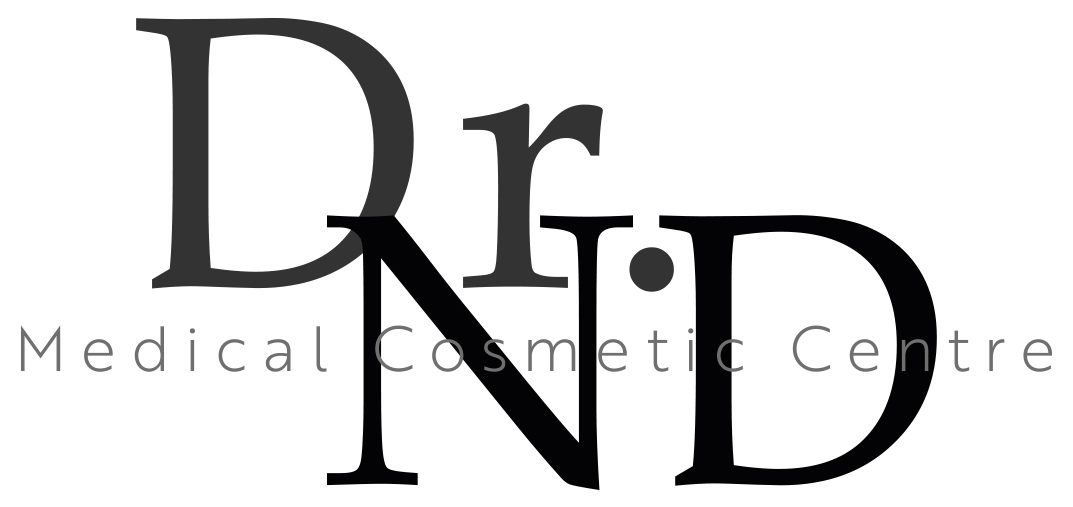With over eight million takeaway coffees purchased every day in Britain, it’s fair to say that a hefty number of us enjoy getting our daily caffeine fix on the way to work. And while many of us think that we’re being healthier by ordering a soya latte or another dairy-free option such as almond milk, have you ever considered the damage that this so-called ‘healthy choice’ is having on your face?
Dr Nestor, one of Scotland’s leading aesthetic doctors and specialist in non-surgical procedures, shares with us his advice on how a dairy-free diet can dramatically affect the skin and bones of our faces, and which procedures can help to rectify the damage caused by dietary changes.
If you’ve gone dairy-free this year and are feeling suitably smug whenever you order soya milk in Starbucks, consider this: soya milk is often sweetened with sugar (up to 12g of it per carton!) to match it to naturally-sweet cows’ milk. Not only is this not ideal for your teeth or your waistline, but it can have a major effect on your face too: sugar molecules bind to proteins such as collagen in the skin, which causes a loss of firmness and the start of premature wrinkles forming.
“As collagen breaks down, skin becomes less elastic, thinner and drier. We lose our even skin tone. This all contributes to a dull, aged complexion,” explains Dr Nestor. “We know that good skin health with clinically proven systems will help combat these effects – products containing ingredients like grapefruit oil or vitamin C, like ZO Skin Health Ossential C-Bright Serum, will help to brighten skin and to keep collagen production stable, but for more severe cases, Botox® and fillers will help to lift the face and give skin a youthful boost.”
Lack of collagen can affect the face in different areas, Dr Nestor explains. “Losing the fullness in the cheeks and forehead is another side effect of the loss of collagen, which usually happens naturally as we age, but can be aggravated and accelerated by external factors. The cheeks can atrophy and fall down our face, deepening nasolabial folds and marionette lines, which gives us a sad look to the face. We can use fillers in the cheeks to help unfold the nasolabial lines and restore cheeks to their former youthful height, and using a thin sheet of filler in the forehead can re-establish a youthful convexity.”
Another issue that going dairy-free can cause is that we lose the high dose of calcium we receive from the milk we consume so regularly – in those takeaway coffees, on our cereal, in that last cup of tea before bedtime. In particular, the bones of the eye socket, the chin and the area between the upper lip and the nose will erode with age, which can cause tissue to sag and result in a fast-tracked ageing process that can leave us looking far older than our years.
“In the same way that our body loses bone density, so does our face. Eye sockets expand, which makes the eyes look deep set, sunken and tired,” says Dr Nestor. “There are two dynamics that happen in the ageing face, which can be exacerbated by dietary choices: bone expansion and bone resorption. We lose bone density in the maxilla and mandible (upper and lower jawbone respectively). This causes an appreciable reduction in facial height and a moderate increase in facial width and depth. To keep the jawbone defined and the face looking youthful, I would recommend filler in the cheek and chin area to lift and elongate the face, and a very smooth, thin filler to restore lost volume under the eyes.”
If you are a dairy-free fiend these days, all is not lost – of course calcium intake can be boosted with plentiful green vegetables such as broccoli, spinach and kale, as well as almonds, figs and oranges. “It’s so important that of course, however you choose to live, you are eating a healthy, balanced diet,” advises Dr Nestor. “Going dairy-free or vegan is of course a lifestyle choice and for many an ethical one, but for those who are cutting out major food groups, it’s key to replace those lost vitamins and minerals wherever you can, for the good of your health, and of course, for the good of your skin!”
